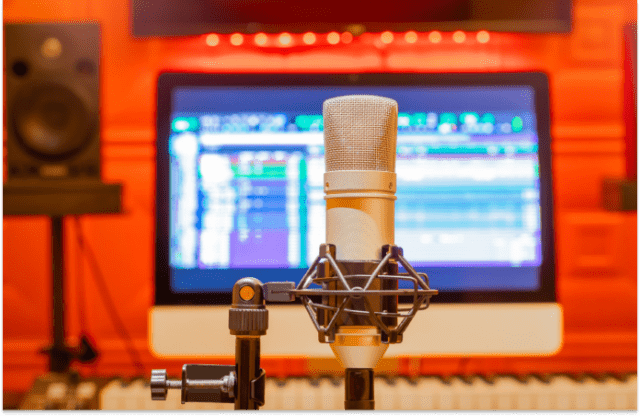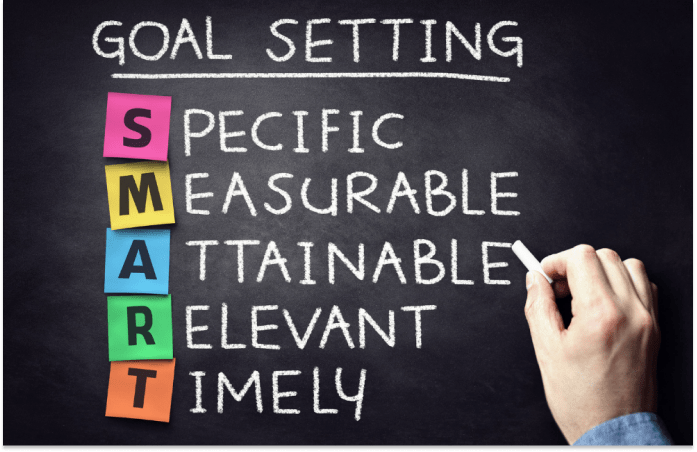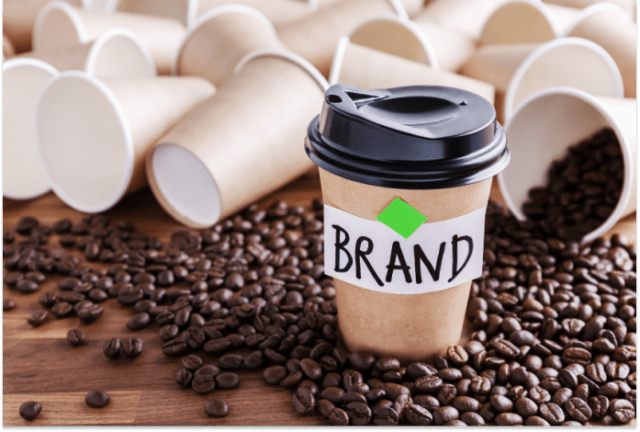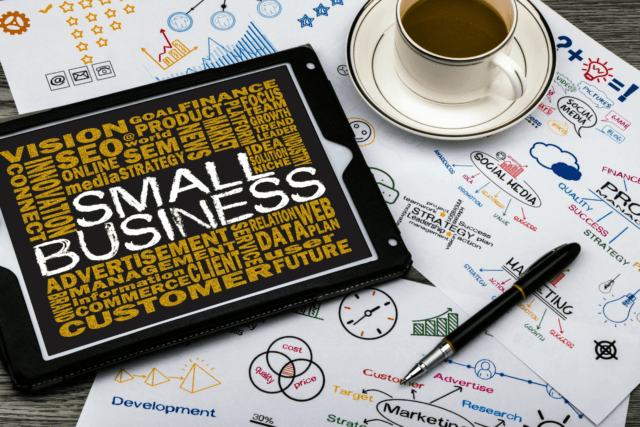Don’t push people to where you want to be; meet them where they are.
-Meghan Keaney Anderson, VP of Marketing, Hubspot
If you’re a small business owner and not on social media, you’re missing out on all the fun! It’s where you can promote your products or services and share funny memes and reels with your followers.
In fact, your growth is not just limited to social media platforms. Social media marketing also helps to promote web content and drive traffic to your site. Now, let’s take a look at why social media still counts for small businesses:
Social Media provides targeting capability at a lower cost
Social media allows you to target your audience based on demographics, interests, and behaviors to minimize ad spent waste. You can also utilize real-time performance data and insights. It will help you to adjust campaigns for maximum speed.
It guides you to improve customer service
Social media is a direct line of communication with your customers. You can respond to customer inquiries, complaints, and feedback in real-time to show you value their concerns. This allows you to monitor and track your customer sentiment and improve services accordingly.
So, this is how you can strengthen your relationship with your customers.
It helps you to gain valuable insights
You must optimize social media analytics tools to know your audience’s behavior and choices.
Well, you are familiar with social media’s benefits for your brand. Now the catch is to crack the correct code to start with social media. And here you go; in this blog, you will get the best practices to adopt for a robust social media presence for your startup or already established business.
- Optimize social media for marketing.
First, you need to define your target audience. You can do this by creating customer personas. You will have fun drilling down into specific segments. For instance, it comforts you to figure out the demographics and personality of your customers.
- Use social media for recruiting and hiring.
Create your company page on social media platforms like- LinkedIn or Facebook to establish credibility and work culture. After doing so, opt for job openings and clarify your recruitment goals. It can target a specific set of applicants or skyrocket the traffic to your job listing.
Pro tip: You can share employee testimonials to highlight the benefits of working with the company.
- Pick the right platforms for your small business.
So, how do you swipe right on the right platform?
Think about your target audience. Are they on Facebook, Instagram, or LinkedIn?
Each platform has its pros and cons, so choose thoughtfully. For instance, visual content is more efficient on Instagram, while text-based content is more suited for Twitter or LinkedIn.
Next, think about what content you want to share. Are you focussing on infographics, reels, or behind-the-scenes? And finally, track your social media performance, and adjust your strategy accordingly to drive desired results.
Well, among the many platforms, the most effective social network for your small business could be:
Facebook has 2.93 billion monthly active users, allowing your small business to target potential customers. Also, Facebook offers targeted ads and boosted posts. You can use such marketing tools to reach specific demographics and win over your business goals.
Pro tip: Facebook provides unique features like business pages, groups, and messenger so you can show your products and services, build community, and gain insightful feedback.
Instagram users are highly interested and spend lots of time on it. You can use this to your advantage by posting eye-catching content. Don’t miss out on Instagram Stories, reels, and IGTV. You can also use an Instagram influencer strategy to leverage your business and reach a wider audience.
Pro tip: You can integrate other marketing tools with Instagram, such as Facebook Ads Manager or Hootsuite, to make managing social media for your brand more accessible.
LinkedIn is your best friend if you want to network, market, or hire for your small business. Other than potential customers, you can also get business partners and employees. You can use advanced search features to reach your ideal audience.
You can start the social media journey for your small business by opting for free courses and networking events. It will provide a business-focused approach to your brand.
Pro tip: You can grow your email marketing list by running a weekly newsletter on LinkedIn and also stay in touch with your current customers.
And finally, don’t hesitate to experiment with other platforms until you find your perfect match!
Our dedicated team of professionals will ensure to support every type of business. Call us at 7249222661 or fill out our contact form to contact us.















